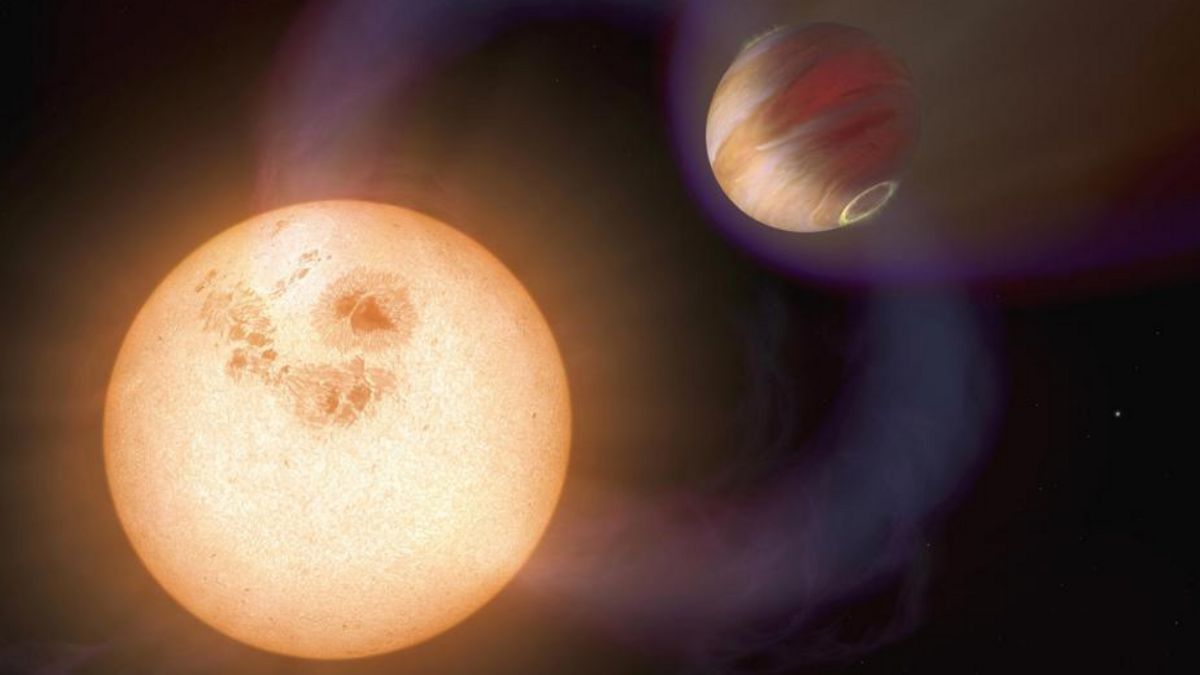JAKARTA – Researchers have found the youngest planet in the Solar System. From the results of their research, they revealed that the planet was newly formed and could be observed directly. The new planet, named 2M0437b, provides scientists with an in-depth understanding of how planets form and change. This is also claimed to help researchers find out the formation of the origin of the Solar System.
The results of the research on the baby planet have been published in the Monthly Notices of the Royal Astronomical Society.
“This chance discovery adds to the elite list of planets that we can observe directly with our telescopes. By analyzing the light from this planet, we can say something about its composition, and perhaps where and how it formed in the long-disappearing disk of gas and dust around its host star," said lead author Eric Gaidos, a professor in the UH Department of Earth Sciences. Manoa as quoted from Science Daily.
Scientists predict the planet is larger than Jupiter and formed with its star several million years ago. They explained that the planet is so young that it still released heat energy during its formation and has a temperature similar to the lava from Mount Kilauea.
Planet 2M0437b was first identified through images captured by the Subaru Telescope located on Maunakea in 2018. The new planet was discovered by visiting researchers from the UH Institute for Astronomy (IfA) Teruyuki Hirano. In recent years, Hirano is reportedly still studying the new planet in depth using other telescopes on Maunakea.
Gaidos and his collaborators use the Keck Observatory on Maunakea to monitor the position of the parent star as it moves across the sky. This was done to ensure that the planet 2M0437b is really a companion star, not a more distant object.
Through observations that took three years as the star moved slowly across the sky it was discovered that the Baby Planet and its parent star are said to be located in a nursery called the Taurus Cloud.
Planet 2M0437b is in a much wider orbit than the planets in the Solar System with its current separation of about a hundred times the Earth-Sun distance, making it easier to observe. However, advanced adaptive optics is still needed to compensate for image distortion caused by Earth's atmosphere.
“The world's two largest telescopes, adaptive optics technology, and the clear skies of Maunakea were all needed to make this discovery. We are all looking forward to more such discoveries, and more detailed studies of such planets with future technologies and telescopes," said co-author Michael Liu, astronomer at IfA.
These findings have the potential to be studied in depth in the future. Because at this time the star orbiting the planet 2M0437b is too dim to see with the naked eye. This is different from the other baby stars in the Taurus Cloud, which can be seen clearly before dawn. Similarly, the bright star Hokuʻula (Aldebaran) and the eastern cluster Makali Makaliʻi (Pleides). All that can be seen through the telescope in Hawaii.
"Observations with space telescopes such as NASA's Hubble and the soon-to-be-launched James Webb Space Telescope can identify gases in its atmosphere and reveal whether the planet has a moon-forming disk," Gaidos said.
The English, Chinese, Japanese, Arabic, and French versions are automatically generated by the AI. So there may still be inaccuracies in translating, please always see Indonesian as our main language. (system supported by DigitalSiber.id)













